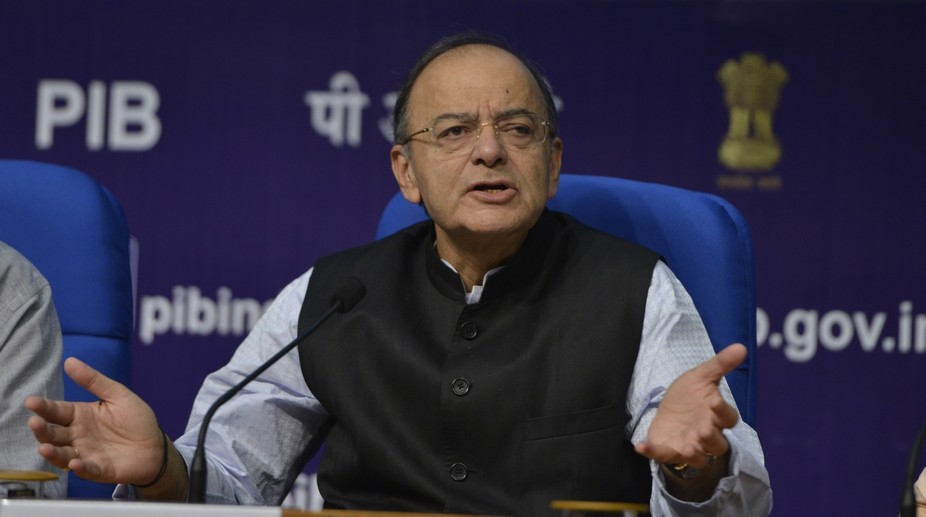The Economic Survey 2017-18, which was tabled in Parliament on Monday, presented a shocking fact regarding the estimate of the number of ‘unwanted’ girls in India. The survey says that the data stands at 21 million when talking about girls whose parents wanted a boy but had a girl instead.
The data has been, reportedly, derived by analyzing the sex ratio of the last child (SRLC). The survey indicates that parents in India keep having children until they get the desired number of sons.
This year, a pink coloured Economic Survey document was tabled by Finance Minister Arun Jaitley in Parliament. The colour was chosen as a symbol of support for the growing movement to end violence against women, which spans continents.
The document recommended that India must confront the societal meta preference for a son, observing that the adverse sex ratio of females to males has led to 63 million “missing” women.
The Survey highlighted a phenomenon of son meta preference which involves parents adopting fertility “stopping rules” having children until the desired number of sons are born.
“This meta preference leads naturally to the notional category of ‘unwanted’ girls which is estimated at over 21 million,” says the Survey.
The survey laid special emphasis on gender development as it cautioned that on several indicators, notably employment, use of reversible contraception, and son preference, India has some distance to traverse despite the country’s economic progress.
The Survey states that just as India has committed to moving up the ranks in Ease of Doing Business indicators, a similar commitment should be endeavoured on the gender front.
It acknowledges that Government’s ‘Beti Bachao, Beti Padhao’ and ‘Sukanya Samridhi Yojana’ schemes, and mandatory maternity leave rules are all steps in the right direction, pointing out that measures such as increasing maternity leave will offer support to women in the workforce.
(With PTI inputs)










